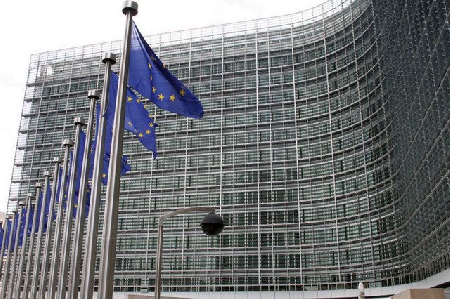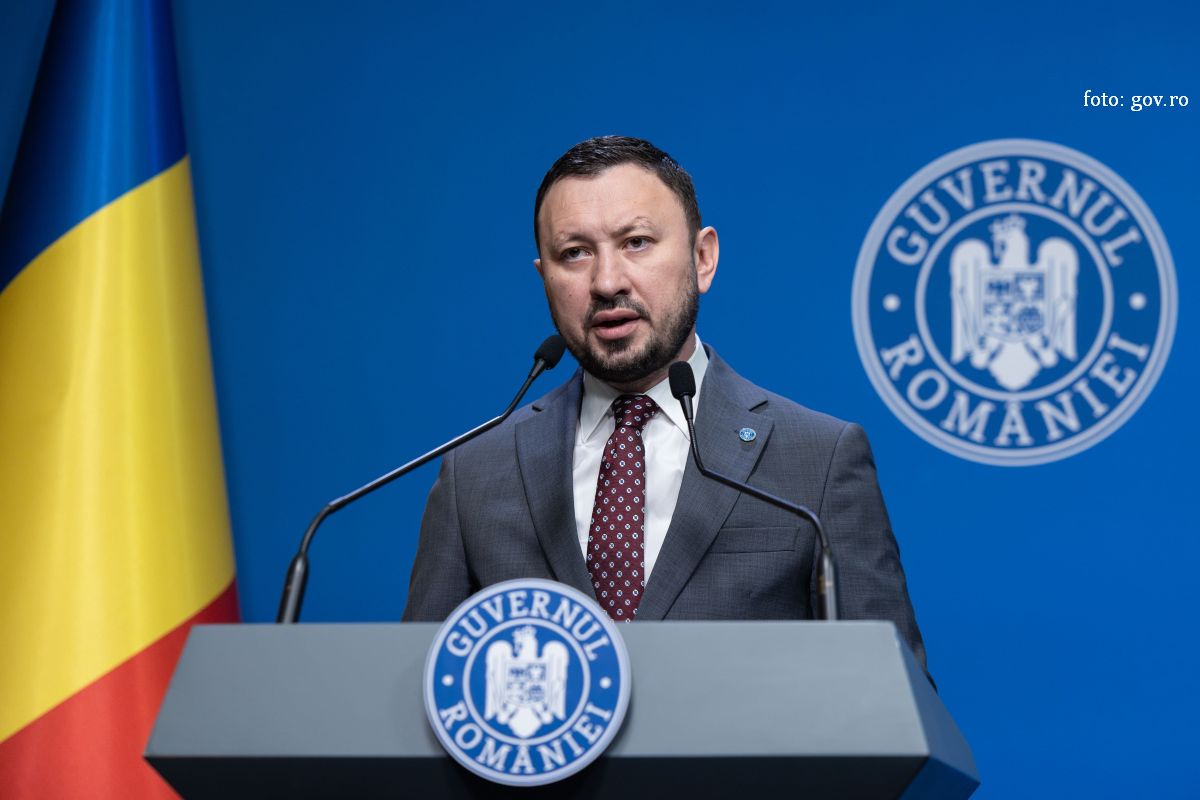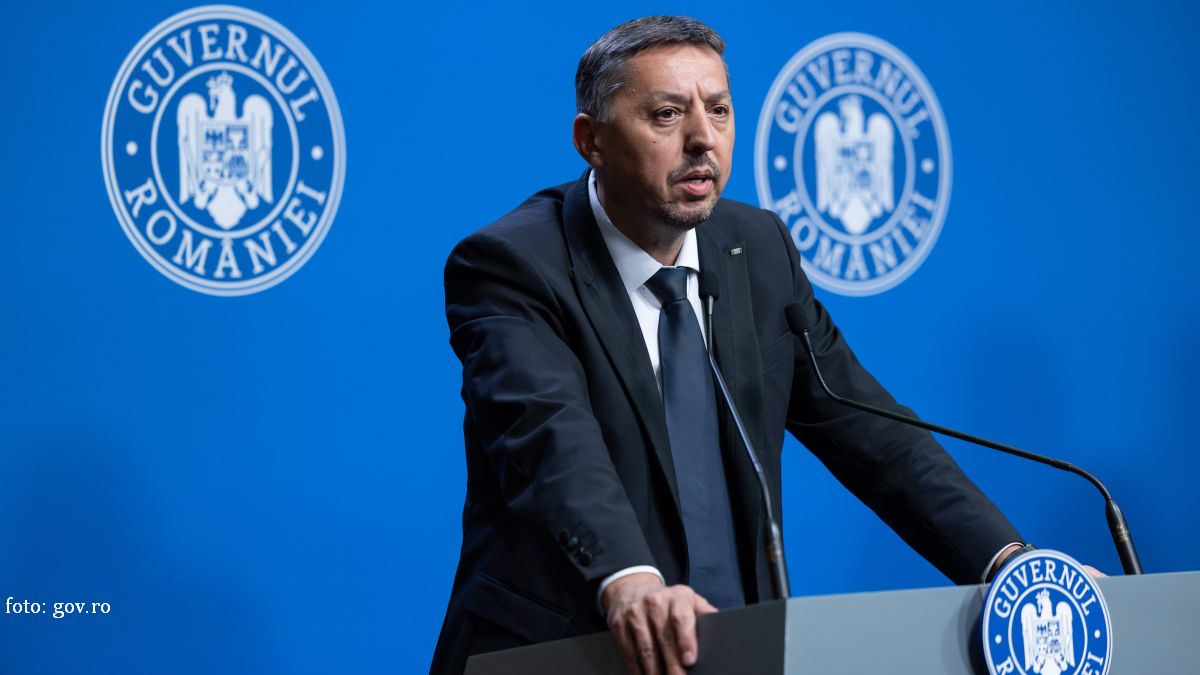The European Commission’s Priority Energy Projects
Energy and energy infrastructure are key elements of the “Europe 2020 strategy drawn up by the European Commission.

Corina Cristea, 15.10.2013, 12:59
After having financed feasibility studies in the field, the European Union is taking the next step involving the implementation of a number of projects in the energy field within the 2014-2020 financial framework. Over the next 7 years the European Commission will grant around 5.5 billion euros worth of direct financing, loans and bank collaterals through the Connecting Europe facility. Brussels officials have made it clear that alongside lots of projects related to electricity, from storage to its transportation from the wind parks, investment will also be made in crossborder natural gas projects and gas transportation from one state to another, with a view to reducing the EU’s vulnerability in this respect.
Early this week the European Commission has analysed and endorsed the list of energy infrastructure projects of mutual interest, which have a strong crossborder character. Those projects benefit from faster and simpler authorization procedures allowing for their quick implementation. To this end, there will be a single co-ordinating authority in every member state that will deal with all undertakings. Moreover, the Commission has announced that the planning and authorization procedures will not take more than 4 years.
In the field of natural gas, Bucharest is involved in projects on the Southern Corridor where an over 1,300-km pipeline between Bulgaria and Austria via Romania and Hungary is to be built, as well as a submarine gas pipeline between Romania and Georgia, a project known under the name of White Stream. On the Eastern Corridor, gas storage facilities will be set up in Romania and the Black Sea port of Constanta will be interconnected to be part of the AGRI project under which Azerbaijani natural gas is to be transported to Romania and farther to Central Europe.
Consequently, a terminal gas liquefied by Hungary will be built in Constanta. Romania is also part of north-south interconnection electricity projects. High-voltage power lines of hundreds of kilometres between Varna in Bulgaria and Stupina in Romania, and between the Romanian town of Resita and the Serbian town of Pancevo are only two of them. The European Commission has announced it will closely monitor the observance of the authorization procedures and the implementation of projects. The list of projects of mutual interest will be updated every two years to include new projects and eliminate old ones.






























